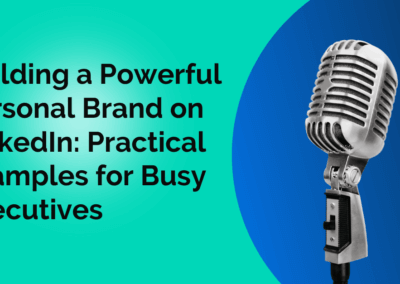For most companies, B2B blogging is one of the most challenging aspects of inbound marketing. At the same time, it’s one of the most effective in terms of generating inbound links (and leads), establishing authority, and building an arsenal of remarkable content.
- 40% of US companies use blogs for marketing
- Companies that blog have 55% more website visitors
- B2B companies that blog get 67% more leads per month than those that don’t
- In terms of SEO credit, more blogs = more indexed pages. Indexed pages are what help you rank higher on Google searches.
Major companies are dedicating marketing efforts to their business blogs, and you should too. We know why B2B blogging is an effective content marketing strategy, so let’s look at how to get started and cover some of the best blogging practices for crafting expert content.
- Write with your customer in mind. When starting out, it’s easy to lose sight of where you were headed. Always remember to keep your target customer in mind. What do they want to read about? How will this specific content help them? Use words like you and we to be more personal. Remember, blogs are in the first stage of the inbound methodology—they help attract strangers to your site and convert them into leads.
- Be witty, show your personality, have a human quality. As we just mentioned, blogs are roped into the attract stage of the inbound methodology, so we want to do just that: attract. How are you going to do that? By being witty, funny, and personable. Show your potential customers that you are human and that you have a voice. It’s much more appealing to read from a relatable source with an exciting voice than to read stiff, boring information, no matter how useful the content is.
- Optimize your posts. Use social media sharing buttons to make it easy for your readers to share your blogs. Add relevant calls-to-action (CTAs) within or at the end of your posts to instruct readers to make a next step. For instance, if you’re blogging about how medical billing software adds a layer of security for patients and physicians, include a CTA that leads the reader to a landing page where they can fill out a form to download an eBook on the benefits of medical billing technology. This converts your visitors to leads, leading them further down the inbound methodology funnel.
- Design and formatting. Make your blogs appealing. No brainer, right? Your customers will form an impression about your blog before they even read the first sentence. Make sure the title and images you use are eye-catching, visually appealing, and easy to read.
These are only a few of the basics to get you started. The most important word of advice we can give is to JUST START WRITING. Once you start, the words and ideas will start to form and you can go back and tweak the content to appeal to your targeted buyer personas. Be interesting, relevant, and useful!
B2B blogging is one of the most effective means of content marketing. It falls in line with the first step of the inbound methodology, as we mentioned above. To learn more about the next step, lead generation, you can download our book below.
{{cta(‘d561c4e2-b6da-4cb8-8c34-9df61f48abaf’)}}



